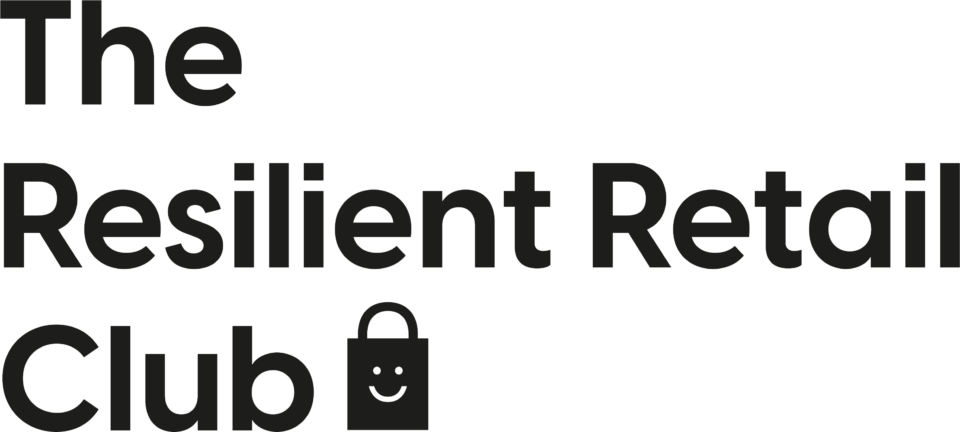Once upon a time, starting a product business meant buying or renting a shop, paying for utilities, hiring staff, and much more. That wasn’t just expenses; it was risk. You’d need a bank loan or substantial savings. Not so anymore. Selling products online means you can start and run the business without ever leaving your home.
Looking to start a small business from home? Perhaps you’re already running a business and want to take things online instead of relying solely on brick-and-mortar retail stores. Whatever your situation may be, selling products from home is a simple, viable, and practical idea.
But how can you guarantee that you’ll sell products successfully?
In this article, we’ll take you through the critical steps you need to complete to sell products successfully from the comfort of your home.
Here are the steps for start a small business from home:
- Decide Your Niche and Target Audience
- Master Your Marketing
- Facebook Ads Are Your Best Friend
- Offer Exceptional Customer Service
- Make Financial Decisions Carefully
1. Decide Your Niche and Target Audience
What are you selling to start a small business from home? Clothes, sportswear, gardening tools, flowers, health supplements – the possibilities are endless.
No matter what products you’re selling, however, they have one thing in common: a core demographic —the people you’re selling to. Unless you have a clear idea of your niche, your product development and marketing efforts will likely fall flat.
Think about who already buys your product (or shops with a competitor). You’ll want to know some concrete demographic and behavioural details. But it’s also helpful just to sketch out some vague words you associate with your target audience and, by extension, your brand. Apple, for example, is sleek, creative, and professional (that’s as true for its target demographic as its products).
Ask yourself these core questions before you start a small business from home:
- What specific problem or need does your product or service address?
- Who is most likely to benefit from your product or service?
- Which demographics (age, gender, location, interests) best describe your ideal customer?
- What hobbies, habits, or interests does your target audience typically have?
- Are there underserved segments within the market you’re exploring?
- What keywords or phrases would your target audience use to search for your product or service?
- How does your target audience currently fulfil the need your product or service addresses?
2. Master Your Marketing
Once you’ve ironed out your target audience, it’s time to decide how to reach them. The old adage of ‘build it and they will come’ is only true if people know you’ve built something. Your website or online store won’t generate any traffic unless you find a way to connect your site to people browsing elsewhere.
Building your online presence is a big part of starting a business from home.
To simplify this, just think about the online marketing process as creating links that people will see and click on. That’s really all there is to it. It could be a link from your social media account to a product page, a link in Google’s search results, or a link from an email you send.
Here are some common marketing methods to start a small business from home:
SEO Content Marketing involves creating valuable content, like blog posts and videos, and then optimising them to rank higher in search engine results (like Google). People read or engage with the content, learn about your brand, and some time later decide to buy. You should provide informative, compelling content people want to read – and sprinkle it with high-performing keywords and hyperlinks.
Social Media Marketing is another popular approach. If you sell things online, promote your products on Facebook, X, Instagram, or even Pinterest. Building a following creates a solid customer base who’ll repeatedly buy your products. Plus, followers who share and link your posts become your unpaid team of brand promoters. You can also run paid social media posts to generate additional interest (see below).
Email Marketing delivers by far and away the highest return on investment (ROI). Why? Because people in your subscriber list have chosen to subscribe to your brand. The problem: building a subscriber list in the first place. Still, it should form a core part of your marketing as you progress with selling things online.
Influencer Marketing gets prominent online celebrities, like Instagram stars or YouTubers, to promote your products to their followers. Think of a fitness influencer promoting your supplement or a fashion blogger praising your clothing. It’s especially powerful as these individuals have earned the trust of their followers – and trust is the currency of trade.
3. Facebook Ads Are Your Best Friend
If you’re wondering ‘how to start a small business from home’ – the secret for a lot of eCommerce entrepreneurs is Facebook Ads. Setting up and mastering Facebook Ads takes time – but it’s worth it! The platform is still the biggest social media site in the world, with over 2 billion monthly users.
Get it right, and you’ll see a steady stream of customers flowing into your site and buying your product. But don’t just run an ad campaign and forget about it. Incrementally improve your campaign to increase your ROI. Consider retargeting ads to go after customers who viewed a product or added it to their cart but never completed the transaction.
If you’re new to Facebook Ads, begin with a small budget. Make sure to monitor your results and calculate your customer acquisition to keep your costs within budget as you start a small business from home.
Follow these steps:
- Objective: Define your campaign goal.
- Setup: Use Business Manager and set up an Ad Account.
- Pixel: Install the Facebook Pixel on your website.
- Audience: Define your target audience.
- Placement: Select where your ad appears (e.g., Facebook, Instagram).
- Budget: Set your spending limit and ad duration.
- Design: Choose ad format, upload creative, write copy, and add a CTA.
- Optimisation: Choose delivery optimisation and bid strategy.
- Submit: Review and launch the ad.
- Monitor: Regularly check performance and adjust as needed.
4. Offer Exceptional Customer Service
Customer services separates the top online businesses from the bottom. Learning how to start a small business from home requires creating a complete customer service experience. That can be challenging during the early days if you’re functioning as a one-man or women band.
Regardless, if you deliver exceptional customer service, it can even result in higher prices. People will often pay more to avoid the hassle of poor customer helplines and slow response times.
However, customer service isn’t just there when things go wrong. Keeping your customers updated about their order status is also key when selling things online. That includes sending an email when the order is received, when it’s sent, and providing an estimated arrival date.
Moreover, consider implementing a hassle-free return policy. Be extremely clear about your returns (and ensure they comply with the legal requirements of your jurisdiction). Refer to the UK Government’s policy on accepting returns and giving refunds.
After establishing a robust customer service protocol, continuously seek feedback and make improvements. Listening to your customers can provide invaluable insights, helping you refine your services when you start a small business from home and anticipate their evolving needs. Running surveys is one method to gather customer information.
Remember: a satisfied customer is a future brand advocate. Even when you start a small business from home or sell products from home, word-of-mouth recommendations and positive reviews are worth their weight in gold.
5. Make Financial Decisions Carefully
The biggest part of start a small business from home is your overhead. Keeping your operating costs minimal until you’re fully up and running is critical for your long-term survival. Be careful with your finances, invest wisely, and keep track of your expenses (that’s key come tax time).
Whenever you’ve got a big item to buy or need to expand, ask yourself if the investment is worth the cost. Return on investment (ROI) is the name of the game. Avoid overspending where possible – for instance, office equipment.
Consider the ideas to save money as you start a small business from home:
- Buy packaging materials in bulk or use recycled materials. Alternatively, consider minimalist packaging to cut costs and be environmentally conscious.
- DIY certain aspects of the business, such as product photography, instead of hiring professionals.
- Use free or low-cost online marketing methods, like social media, content, and email marketing, instead of expensive ad campaigns.
- Use a just-in-time inventory system or dropshipping, reducing the costs associated with holding and storing large amounts of stock.
- Only buy essential equipment and supplies. Second-hand or refurbished items can also be a cost-effective choice.
- Whenever feasible, buy supplies in bulk to take advantage of discounts, but ensure you don’t overstock and tie up capital unnecessarily.
Closing Thoughts
That’s how to start a small business from home, in a nutshell. It’s not always an easy path, but it’s definitely worth it! With a little thoughtful decision-making and accessing the right tools and people, you can launch a successful business.
Want more guidance? Selling things online is a daunting prospect – don’t do it alone. Join the Club to get expert advice, tutorials, and help from Catherine Erdly – the founder of The Resilient Retain Club.













